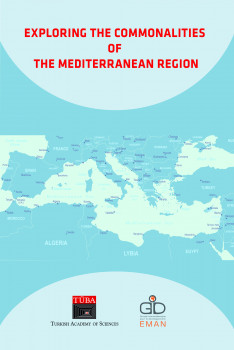Population of the Ottoman Europe in the 16th Century: Challenging the Braudelian Enthusiasm

Population of the Ottoman Europe in the 16th Century: Challenging the Braudelian Enthusiasm
The aim of the paper is to put emphasis on the relatively limited participation of the core lands of Ottoman Balkans in the economy of Europe. Unlike much of Central and Eastern Europe where export-oriented production of foodstuffs became dominant, the very nature of the Ottoman system prevented such a development. In particular, the principle of professionalism, followed by (pseudo) fiscalism and traditionalism was hostile toward exportation, while favoring imports. The areas under Ottoman control that played important role in supplying German and partly Italian towns with livestock were not subject to the direct rule of the sultan (the case of the Danubian principalities). Even Central Hungary, where this was the case, cannot be ranked among typical Ottoman provinces. In such conditions, it is hard to expect “the unity of the Mediterranean” to manifest itself in the economic and demographic trends in the Balkans and Anatolia.
Then, the oscillations of the population size in the Early Modern Ages show an absence of strong upward or downward tendencies. The rather widespread belief in a “population pressure” in the earlier period as well as in “heavy population losses” thereafter, which might suggest that the Balkans belonged to the common patternof development like the lands in the Western Mediterranean world, is anchored in misinterpretation of the Ottoman tax records. The basic, somewhat naive idea that more tax units with more diversity of taxation items mean more humans cannot stand critical examination. Thus, the basic precondition for transformations in the economy similar to those in the Western Mediterranean and/or Central Europe was nearly completely lacking.
